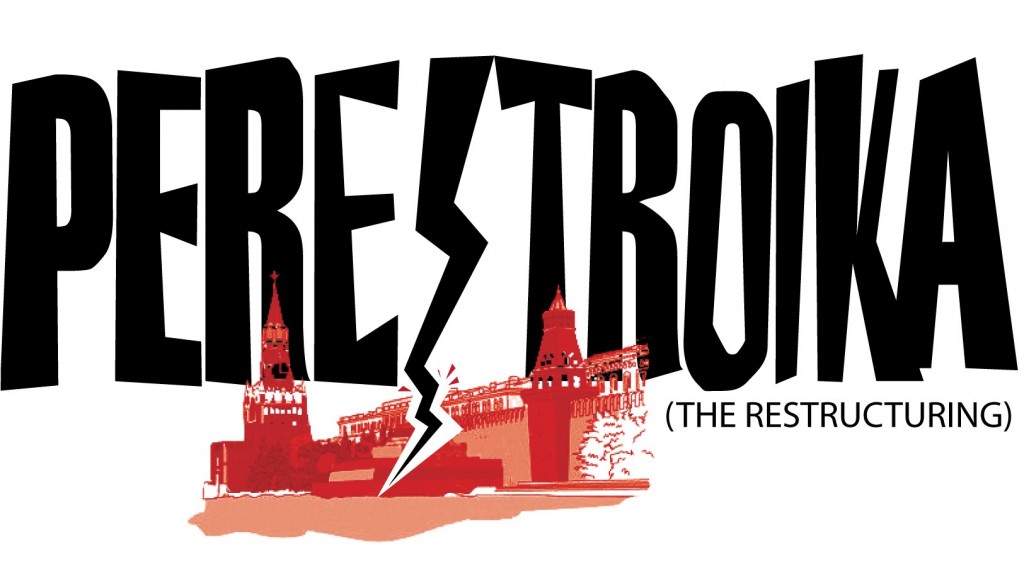Perestroika of the Romanian public institutions

Sometimes there is no need to reinvent the wheel. This is also the case with the Romanian public institutions that are failing us. As I am reading ways to reinvent government, David Osborne and Ted Gaebler are describing how to change old bureaucratic organizations into efficient and effective ones, in their book, “Reinventing Government. How the Entrepreneurial Spirit is Transforming the Public Sector.”
Our bureaucratic public institutions were developed in times and conditions very different from those we experience today. They developed in a slower-paced society, when change proceeded at a leisurely pace. They developed in an age of hierarchy, when only those at the top of the pyramid had enough information to make informed decisions. They develop in a society of people who worked with their hands, not their minds. They developed in a time of mass markets, when most people had similar wants and needs. And they developed when we had strong geographic communities – tightly knit neighborhoods and towns.
Today all that has been swept away. We live in an era of breathtaking change. We live in a global marketplace, which puts enormous competitive pressure on our economic institutions. We live in an information society, in which people get access to information almost as fast as their leaders do. We live in a knowledge-based economy, in which educated workers bridle at commands and demand autonomy. We live in an age of niche markets, in which customers have become accustomed to high quality and extensive choice.
In this environment, bureaucratic institutions that developed in the past increasingly fail us. Today’s environment demands institutions that are extremely flexible and adaptable. It demands institutions that deliver high-quality goods and services, squeezing ever more bang out of every buck. It demands institutions that are responsive to their customers, offering choices of nonstandardized services that lead by persuasion and incentives rather than commands, that give their employees a sense of meaning and control, even ownership. It demands institutions that empower citizens rather than simply serving them.
Research on successful entrepreneurial public institutions show common threads that were not hard to identify. Most entrepreneurial governments promote competition between service providers. They empower citizens by pushing control out of the bureaucracy, into the community. They measure the performance of their agencies, focusing not on inputs but on outcomes. They are driven by their goals – their missions – not by their rules and regulations. They redefine their clients as customers and offer them choices – between schools, between training programs, between housing options. They prevent problems before they emerge, rather than simply offering services afterward. They put their energies into earning money, not simply spending it. They decentralize authority, embracing participatory management. They prefer market mechanisms to bureaucratic mechanisms. And they focus not simply on providing public services, but on catalyzing all sectors – public, private and voluntary – into action to solve their community problems.

